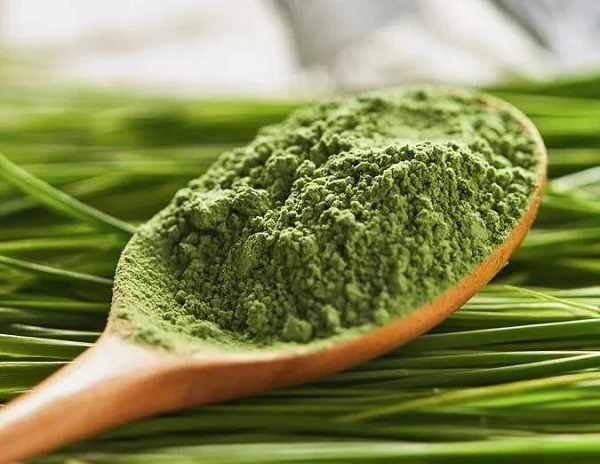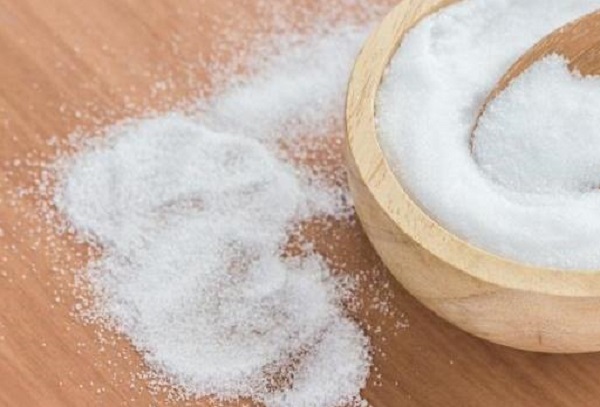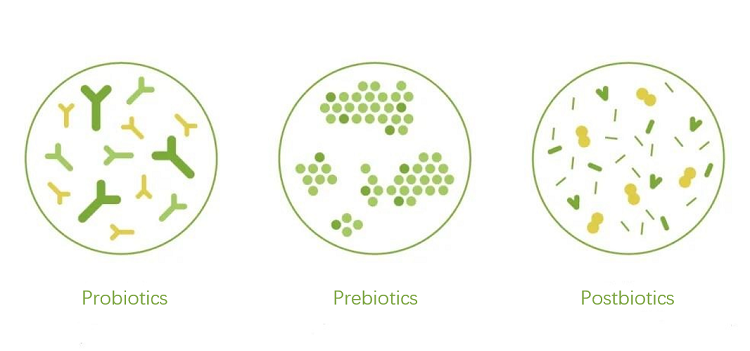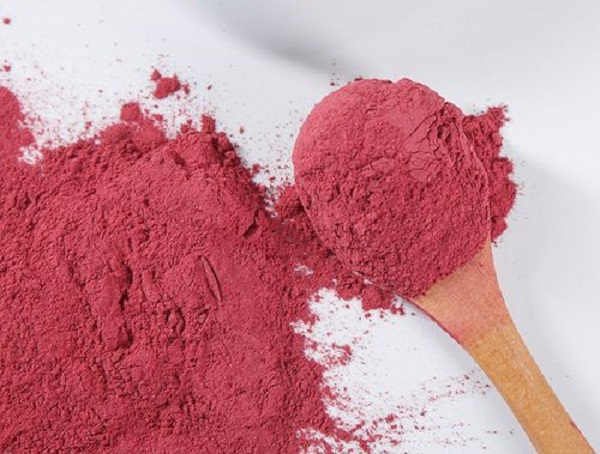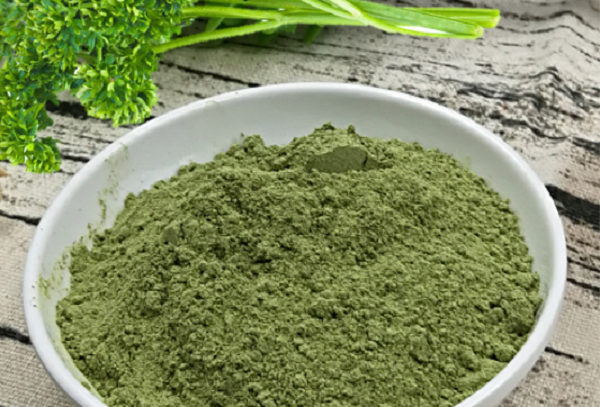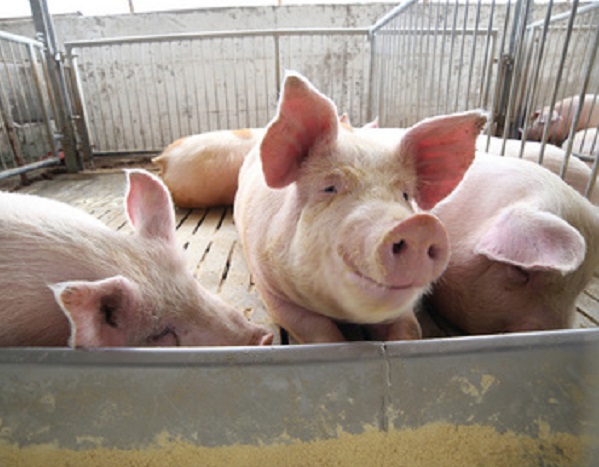Follow Us:
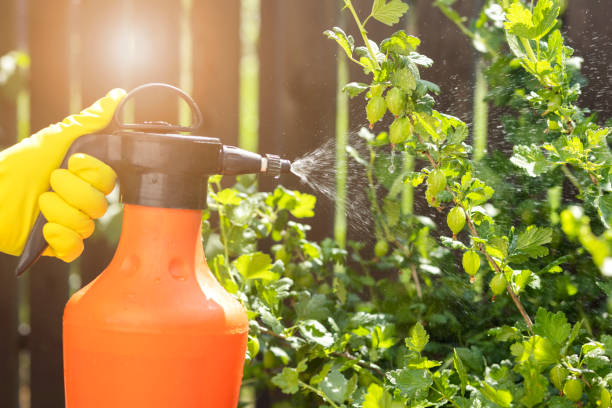
Pure Capsaicin Benefits
Pure capsaicin is a concentrated form of capsaicin, capsaicin is the active compound in chili peppers. Pure capsaicin is an effective natural pesticide that can help manage pests while aligning with sustainable agricultural practices. As a pure capsaicin powder manufacturer, in this blog, I will answer what pure capsaicin is, the production process of capsaicin, and the specific uses and usage guidelines of pure capsaicin.
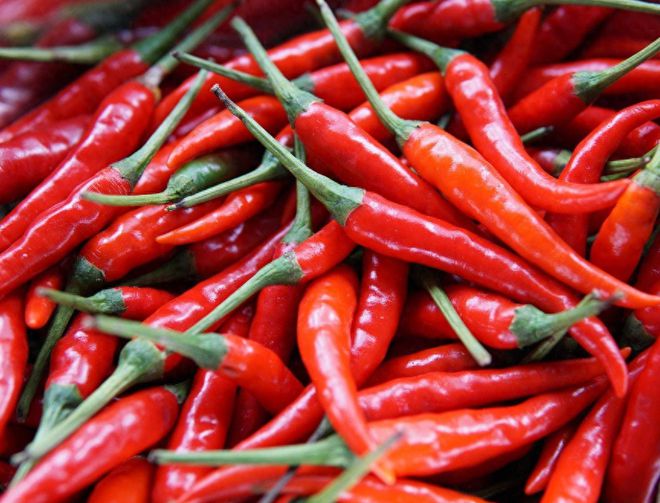
What is Pure Capsaicin?
Pure capsaicin is the concentrated active component of chili peppers responsible for their heat. Pure capsaicin is a hydrophobic, colorless, highly pungent crystalline solid. While traditionally celebrated in culinary circles, its properties make it a valuable asset in agriculture. When used properly, capsaicin powder can serve as an effective tool for pest control and crop enhancement, contributing to sustainable farming practices.
Pure Capsaicin Powder Manufacturer Specification
| Specification | Details |
| Product Name | Pure Capsaicin Powder |
| Chemical Formula | C18H27NO3 |
| Appearance | Fine, white to off-white powder |
| Purity | 95% – 100% (by HPLC) |
| Scoville Heat Units | Up to 16,000,000 SHU |
| Solubility | Soluble in alcohol and oils; insoluble in water |
| Storage Conditions | Cool, dry place, away from sunlight |
| Shelf Life | 2 years (if stored properly) |
| Origin | Extracted from various chili pepper varieties |
| Usage | Culinary, medicinal, agricultural |
| Packaging | Airtight containers (typically in grams or kilograms) |
| Safety Precautions | Wear gloves, avoid skin and eye contact, use in well-ventilated areas |
How to Produce Pure Capsaicin
1. Sourcing Raw Materials
- Varieties: Capsaicin is found in various chili pepper species, particularly Capsicum annuum, Capsicum frutescens, and Capsicum chinense. The specific variety chosen can affect the potency and flavor of the final product.
- Quality: Peppers should be fresh, ripe, and free from pests or diseases to ensure a high-quality extract.
2. Extraction Process
- Cleaning: The harvested peppers are thoroughly washed to remove dirt, pesticides, and any contaminants.
- Chopping: The peppers are chopped into smaller pieces to facilitate the extraction of capsaicin.
- Choosing a Solvent: Common solvents for capsaicin extraction include ethanol or methanol. These solvents effectively dissolve capsaicin and other compounds from the pepper.
- Extraction: The chopped peppers are soaked in the chosen solvent for a specified period, allowing capsaicin and other soluble compounds to leach into the solvent.
- Filtration: After extraction, the mixture is filtered to remove solid pepper materials, leaving a liquid extract rich in capsaicin.
3. Concentration
- Removing Solvent: The filtered extract is subjected to evaporation to remove the solvent. This can be done using vacuum evaporation or rotary evaporators at controlled temperatures to prevent degradation of capsaicin.
- Concentration: This process yields a concentrated capsaicin extract that contains a high percentage of the active compound.
4. Purification
- Solvent Recrystallization: To obtain pure capsaicin, the concentrated extract may undergo recrystallization. This involves dissolving the extract in a minimal amount of solvent and allowing it to cool slowly, promoting the formation of capsaicin crystals.
- Filtration: The crystals are collected by filtration, and any remaining impurities are removed.
5. Additional Purification Steps
- Chromatography: Techniques like high-performance liquid chromatography (HPLC) may be employed for further purification, ensuring that the capsaicin is separated from other compounds.
- Drying: The purified capsaicin is then dried to remove any residual solvent, resulting in a fine powder.
6. Grinding and Milling
- Fine Grinding: The dried capsaicin crystals are ground into a fine powder using a mechanical mill. This increases the surface area and improves solubility for later applications.
- Sifting: The powder is sifted to ensure uniform particle size and remove any larger particles.
7. Quality Control
- Purity Analysis: The final product undergoes rigorous quality testing to determine its capsaicin content, typically expressed in Scoville Heat Units (SHU).
- Contaminant Screening: Tests for contaminants, such as pesticides, heavy metals, or microbial contamination, are conducted to ensure product safety.
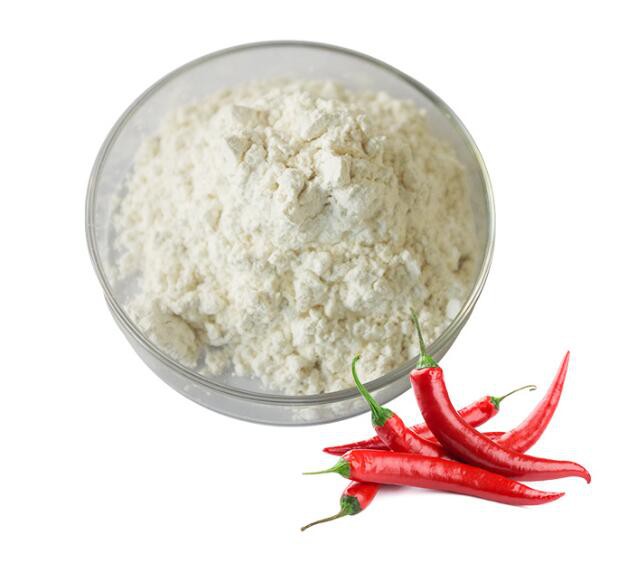
Pure Capsaicin Applications
Insect Repellent: Capsaicin’s pungent nature effectively deters various pests, including aphids, mites, and caterpillars. Formulating capsaicin-based insect repellents can help farmers manage pest populations without the harmful effects associated with chemical insecticides.
Fungal Disease Control: Capsaicin possesses antifungal properties that can help combat diseases affecting crops. Incorporating capsaicin chili into fungicidal formulations could provide a natural method for preventing fungal infections, enhancing crop health and resilience.
Rodent Deterrent: Pure capsaicin can be used as a rodent repellent, protecting crops from damage caused by rodents. Its strong odor and taste discourage these pests, providing an effective means of safeguarding agricultural produce.

Tips of Using Pure Capsaicin Pesticide
- Wear gloves, goggles, and a mask for safety.
- Apply in the early morning or late evening.
- Spray directly on affected plants, focusing on pests.
- Reapply every 7-10 days, or after rain.
- Observe plant health and pest activity.
- Store unused solution in a cool, dark place, sealed tightly.
Benefits of Pure Capsaicin in the Pesticide Industry
1. Safety and Non-Toxicity
One of the primary advantages of pure capsaicin is its safety profile. It poses minimal risk to humans, pets, and beneficial insects, making it an ideal choice for integrated pest management (IPM) strategies that prioritize ecological balance.
2. Biodegradability
Unlike many synthetic pesticides, capsaicin pepper is biodegradable, reducing the risk of environmental contamination. This feature aligns with sustainable agricultural practices, as it minimizes the impact on soil and water quality.
3. Cost-Effectiveness
While the initial cost of producing capsaicin-based products may be higher, the long-term savings from reduced pesticide application and enhanced crop yields can make it a cost-effective solution for farmers. Additionally, as demand grows, production efficiencies may drive costs down.
Where to Buy Capsaicin?
GREEN AGRI is a plant extract manufacturer with 20 years of experience. We specialize in producing high-quality pure capsaicin for sale. Just send an email to info@greenagribio.com to get bulk pure capsaicin powder.
| Parameter | Specification | Result | Method |
| Product Name | Pure Capsaicin Powder | ||
| Purity | ≥ 95% | 98% | HPLC |
| Scoville Heat Units | Up to 16,000,000 SHU | Conform | HPLC or Organoleptic Testing |
| Appearance | Fine, white to off-white powder | White powder | Visual Inspection |
| Moisture Content | ≤ 5% | 3.0% | Loss on Drying |
| Ash Content | ≤ 5% | 3.3% | Ash Testing |
| Solubility | Soluble in alcohol and oils | Conform | Solubility Test |
| Microbial Contamination | Total Plate Count < 1,000 CFU/g | Conform | Plate Count Method |
| Pathogen Testing | Negative for Salmonella, E. coli | Conform | PCR or Enrichment Method |
| Heavy Metals | ≤ 10 ppm for Pb, Cd, As, Hg | 5.0ppm | ICP-MS |
Conclusion
Pure capsaicina is a versatile tool that can revolutionize agricultural practices. Its applications as a pest repellent, disease management solution, and growth enhancer offer farmers innovative ways to protect their crops while promoting sustainability. As a pure capsaicin supplier, we are committed to sustainable agriculture.













